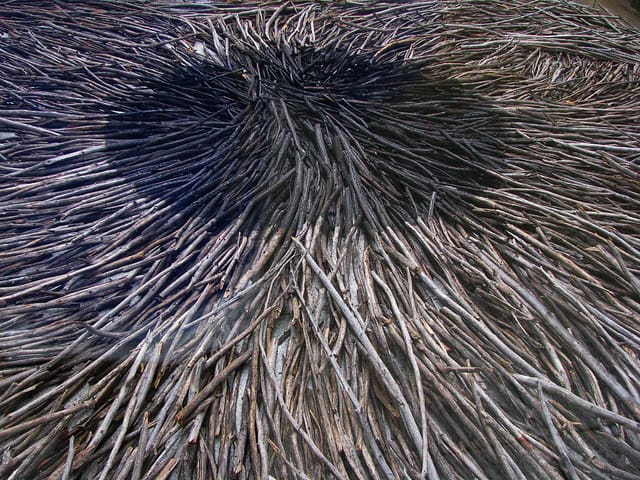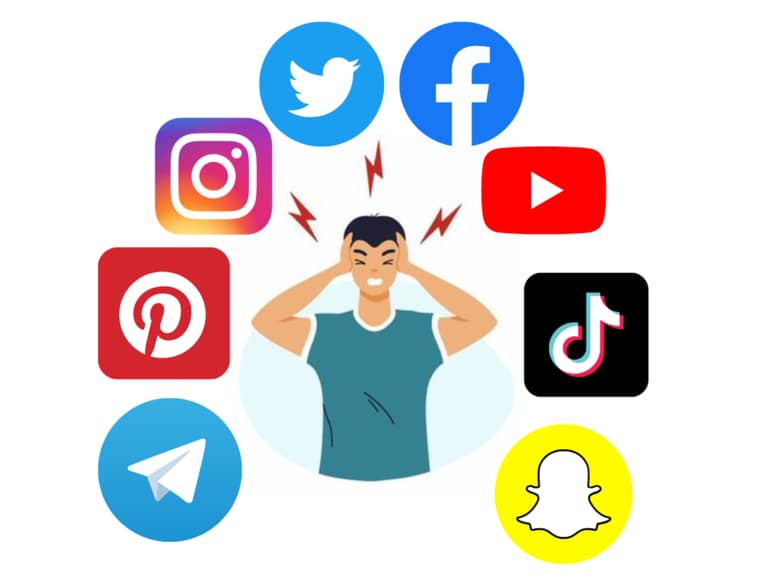
The future of neuroimaging PTSD – there is strength in numbers!
In January 2018, Science Magazine published an article entitled “The world’s largest set of brain scans are helping reveal the workings of the mind and how diseases ravage the brain”. While I would not have picked these exact words to describe the endeavor, I am very proud to be part of it. What is behind all this, you ask? Really just a simple enough idea – if we want to learn anything about our most complex organ, the brain, we need power. Lots and lots of statistical power.
Detecting a signal with neuroimaging (e.g., fMRI, DTI) is not an easy task: the signal is weak and the neuroimaging data are noisy. Small sample sizes make it really hard to know what is noise and what is truly a signal. As neuroimaging studies are very expensive, researchers are usually limited to studying just 20-30 individuals per group. In addition, it is not an easy feat to recruit patients with a specific mental disorder who in addition meet all of the neuroimaging-specific selection criteria (think no psychotropic medication and no pregnancy, but also no tinnitus, no metal implants, no large tattoos…).
“if we want to learn anything about our most complex organ, the brain, we need power”
Functional neuroimaging (fMRI) appeared on the scene of scientific discovery with a big bang – promising us to ‘see’ the brain in action. Unfortunately, too many people took this literally and mistook the nice orange blobs on pictures depicting functional neuroimaging data as actual visual signals of what the brain is doing. (In fact, these blobs represent statistical likelihoods of differential brain activity comparing two experimental conditions or groups, derived in a complex series of processing steps from differences in oxygen levels in the blood).
Then came the backlash – you might have heard of the fMRI study reporting brain activation during ‘inter-species perspective taking’ in a dead fish? Well, to a seasoned (or shall we say slightly disillusioned?) scientist, this was no news – and neither will it be to any student of psychology: What happens when you have small sample sizes, a lot of freedom in tweaking your statistical tests, and great incentives to publish significant findings? Yes, you guessed right – lots of ‘positive’ findings that will not hold up – as pointedly demonstrated by the dead fish study.
“let’s assume nearly all neuroimaging researchers are actually interested in making scientific progress”
Now, let’s assume nearly all neuroimaging researchers are actually interested in making scientific progress, inching towards true differences in brain activation between patients and controls that might, for example, one day inform new treatment approaches. How can we ensure that we have a better chance of reaching this goal?
Many researchers in different fields have come to the same conclusion – let’s pool our data, have an extensive discussion about each and every step in the data processing pipeline, publish the data analysis approach beforehand, analyze the data accordingly, and then publish findings on the largest sample of neuroimaging data ever. This led to the founding of several international, large-scale consortia such as the ENIGMA Network.
“Currently, structural and functional data of approximately 3,000 individuals diagnosed with PTSD, acquired in many different labs around the globe, are being analyzed conjointly. “
I joined the ENIGMA Network recently to contribute data to the new work group on post-traumatic Stress Disorder (PTSD). The group organizes monthly phone conferences to discuss the options for data analysis and agree on a standard procedure. As the field of neuroimaging is still in its infancy and thus sees methodological revolutions quite regularly, these are of course preliminary best practices. But for the time being, they should produce the most valid results available to date. Currently, structural and functional data of approximately 3,000 individuals diagnosed with PTSD, acquired in many different labs around the globe, are being analyzed conjointly. I am already excited to see the results of these analyses and base my new research hypotheses on them!
Note: Image by Andy Goldsworthy, licenced under CC BY-NC 2.0



